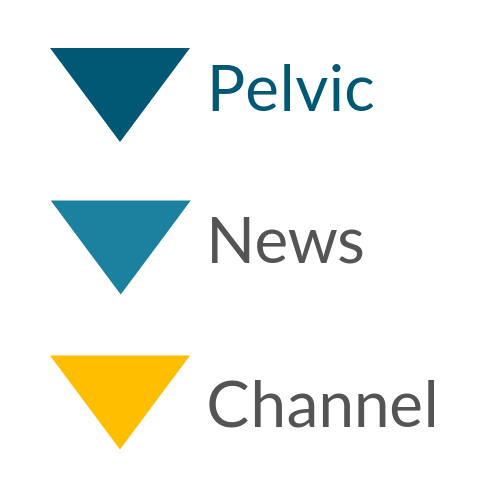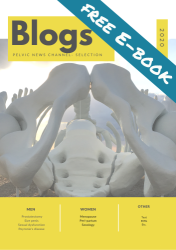Last year I read the feasibility study I will discuss today. Because it is a feasibility study I put it aside at the time but….I have changed my mind. Yes, together with a recently published study by the same authors explaining why pelvic floor muscle training might be beneficial for women with genitourinary syndrome it is so interesting that I don’t want to wait discussing this topic until results of a randomized controlled trial will be published.
The aim of the current study was to see on the one hand how women with genitourinary syndrome respond to a vaginal assessment and pelvic floor muscle training and on the other hand to collect data regarding the effect of pelvic floor muscle training on for instance symptoms and signs, quality of life, and sexual function.
The women in this study were 55 years or older and because this study was a sub study all women had stress or mixed urinary incontinence as well. The women had the following symptoms in the last two weeks: vaginal dryness, vaginal itching, dysuria* or dyspareunia. When informed consent was given a gynaecologist had to confirm if genitourinary syndrome was present.
Study design
The two evaluation moments before the intervention were performed (figure 1) to see whether the results of the first evaluation was stable at the second evaluation. At evaluation 2 the women were taught how to contract the pelvic floor muscles properly with vaginal palpation by a trained physiotherapist.

The 12 week physiotherapy program is described and published in an open access article. It consists of both education and exercises.
Results
Table 1: baseline

Significant improvements were also registered on e.g. vaginal secretion, epithelial thickness, vaginal colour, and dyspareunia.
The adherence to the exercise program was good with no adverse events. The vaginal assessment was well accepted.
My opinion
Genitourinary syndrome is very common among post-menopausal women. I see a lot of patients with and without urinary incontinence, but also referrals for dyspareunia. This research raises more questions like: a lot of women with dyspareunia have pelvic floor overactivity. Is this pelvic floor overactivity due to pain because of vaginal dryness and is this therefor a vicious circle? What is the most effective treatment option? Relaxation or training of the pelvic floor muscles?
The results of this study are promising. However, this was a feasibility study meaning there was no control group. Therefore we cannot be sure that the effects are due to the intervention. I really look forward to the results of a randomized controlled trial.
In my next blog I will discuss more on this important and interesting topic.
*Symptom, defined by ICS as:
Complaint of pain, burning or other discomfort during voiding. Discomfort may be intrinsic to the lower urinary tract (e.g. bladder or urethra), external or referred from other adjacent similarly innervated structures e.g. lower ureter.
Reference:
Mercier J, Morin M, Zaki D, Reichetzer B, Lemieux MC, Khalifé S, Dumoulin C. Pelvic floor muscle training as a treatment for genitourinary syndrome of menopause: A single-arm feasibility study. Maturitas. 2019 Jul;125:57-62. doi: 10.1016/j.maturitas.2019.03.002. Epub 2019 Mar 29.









For sure, this is really interesting. I’m looking forward to your next blog!